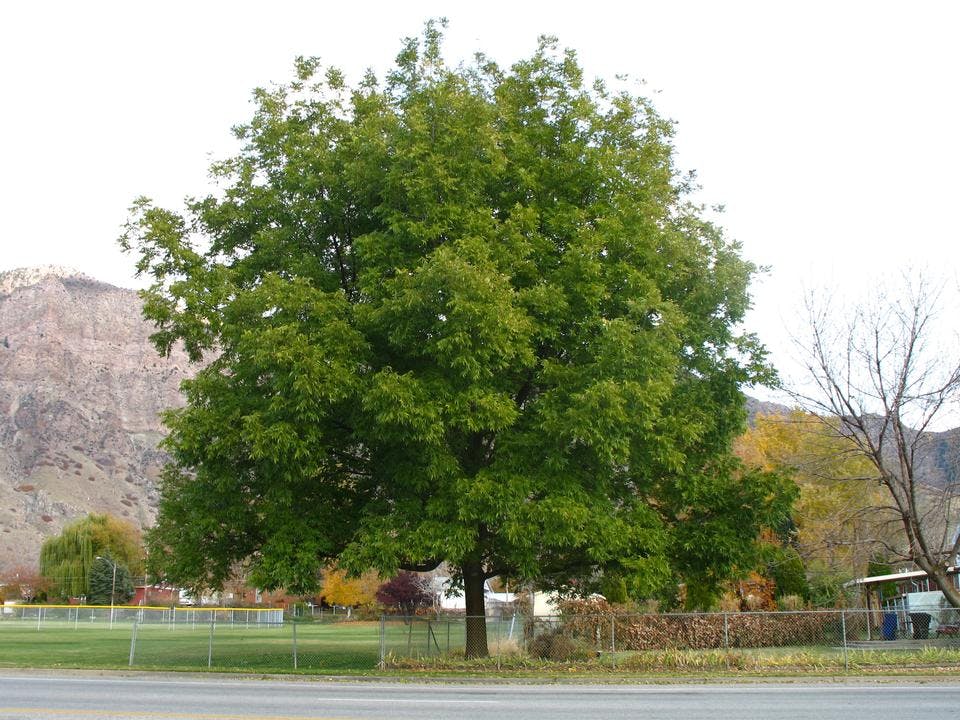Unique Tree Names for Arbor Day
By Linda Rosenkrantz
With Arbor Day arriving this week, our thoughts naturally turn to trees and their names. I was quite surprised to find that this holiday has very deep international roots: the first recorded celebratory plantation dates back to 1594, in the Spanish village of Mondoñedo, where lime and horse-chestnut trees are still planted annually. Modern Arbor Day was launched in another Spanish village in 1805, celebrated with festivals and feasts. The initial American commemoration took place in Nebraska in 1872, when an estimated one million trees were planted.
But I digress.
Looking at tree names and seeing the usual suspects that have started to be transplanted onto baby birth certificates—Maple, Ash, Aspen, Cedar, Magnolia, Juniper, Willow, Olive, etc., I got intrigued by some of their scientific names, and found, yes, a forest of lovely, undiscovered new possibilities. Here are some of the most usable—forming yet another category of secret nature names.
Acacia—the official name of the large genus of trees and shrubs commonly known in some places as wattles.
Albizia—comprising about 250 species of subtropical and tropical trees, some of which are called Persian Silk Trees.
Aralia—evergreen trees known as Chinese angelica-tree, Japanese angelica-tree, Korean angelica-tree—as well as Devil’s Walking stick.
Carya—the appealing scientific name of the large common hickory native to Mexico, eastern United States and southeast Canada, also known as the shagbark hickory, bitternut hickory and swamp hickory. Carya relates to Caryatis, an epithet of Artemis; in ancient Greek religion Carya was goddess of the nut tree, particularly the pecan.
Cordia—a generic name for about 300 species of trees and shrubs, commonly called manjack and bocote. The name Cordia honors the 16th century German botanist Valerius Cordus.
Dalea—also known as prairie clover or indigo bush, the Dalea, named for English apothecary Samuel Dale (1659-1739), is found in much of the New World, from Canada to Argentina. As a name, though, it could be confused with Dahlia.
Lindera—A small tree or shrub native to China, Korea and Japan, with deep yellow flowers that appear in the spring. Much less attractive common name: the blunt-lobed spice bush.
Lyonia—an evergreen tree or shrub whose name could make an unusual leonine name for a girl. Much better than one of its common names: fetterbush.
Melia—In addition to being a shortening of Amelia, Melia is the proper name of a genus of flowering tree in the mahogany family. Some varieties are also known as Chinaberry, Persian Lilac and White Cedar.
Nyssa—a genus that includes the Tupelo tree, and is in the dogwood family. It’s found from eastern North America to the Himalayas. Nyssa refers to a Greek water nymph, while its common name Tupelo is of Native American origin.
Olea—Olea is the botanical name of olive; another common name for it is iron tree.
Persea –an evergreen tree species belonging to the laurel family, one of its best known members is the avocado. The persea tree was considered sacred in ancient Egypt.
Robinia—a genus of flowering deciduous trees and shrubs colloquially known as locusts. Named after the royal French gardeners Jean Robin and his son Vespasien Robin, who introduced it to Europe in 1601, Robinia would make a nice twist on Robin.
Tamarix—also known as the salt cedar, the tamarix/tamarisk is found in dry areas of Eurasia and Africa. The Latin name probably derives from the Tamaris River in Spain, while references to the tamarisk tree are found in the Old Testament, the Quran, Egyptian mythology and the contemporary computer game, Age of Mythology.
Thuja—a genus of coniferous trees in the cedar family. One variety that has been dubbed ‘Green Giant’ is a popular ornamental tree and its wood is widely used..
Tilia includes about 30 species of trees and bushes variously known as lime trees (though they don’t produce limes), linden and basswood. Some tilias are known to be 2,000 years old.
Torreya—a small to medium-sized evergreen tree sometimes called the nutmeg yew. It was named after the 19th century American botanist John Torrey.
Any of these rate planting in your own name garden?

